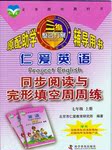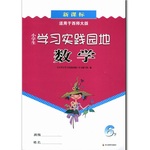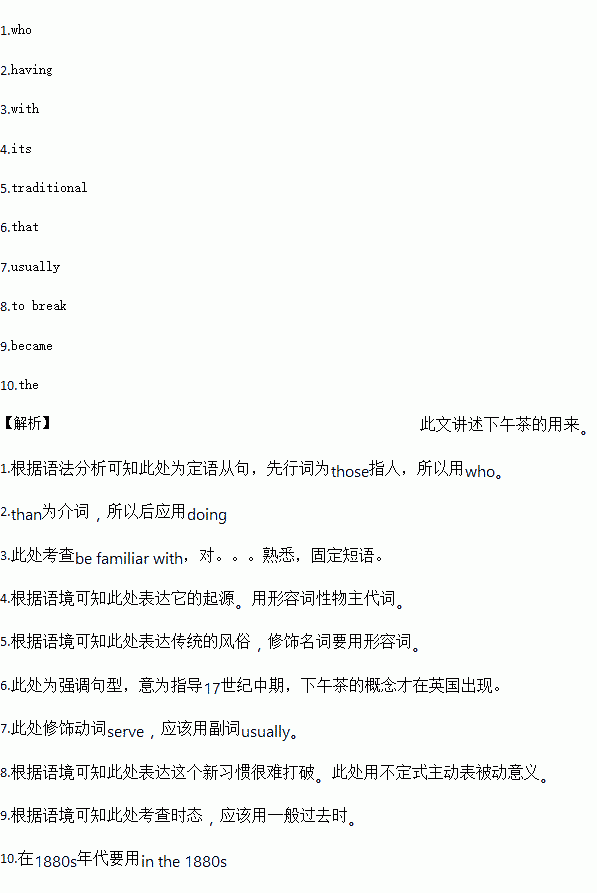题目内容
The warm weather outside may look perfect for outdoor exercise. But for those 1. are not that sporty, what could be nicer than 2. (have) a relaxing afternoon tea with a few good friends and taking a break?
But are you familiar 3. the culture of afternoon tea — 4. (it) origins, and the proper etiquette (礼仪)? We sum up a few things you need to know about this 5. (tradition) English custom so that you can enjoy it more. While the tradition of drinking tea dates back to about 3,000 BC in China, it was not until the mid-17th century 6. the concept of “afternoon tea” first appeared in the UK.
In 1840, Anna Maria Russell, the seventh Duchess of Bedford, started asking for a tea tray with butter, bread and cakes at 4 pm every day, as she found she was hungry at this time every day, and the evening meal in her household was served 7. (usual) late at 8 pm. She found this new habit difficult 8. (break) and soon invited other ladies in society to join her. This pause for tea quickly 9. (become) a fashionable social event. In 10. 1880s, the women from upper class and society would put on gowns, gloves and hats for their afternoon tea.
 仁爱英语同步练习册系列答案
仁爱英语同步练习册系列答案 学习实践园地系列答案
学习实践园地系列答案

 5' sheet of clear or slightly milky plastic, six feet of plastic tube, and a container— perhaps just a drinking cup — to catch the water. These pieces can be folded into a neat little pack and fastened on your belt.
5' sheet of clear or slightly milky plastic, six feet of plastic tube, and a container— perhaps just a drinking cup — to catch the water. These pieces can be folded into a neat little pack and fastened on your belt.